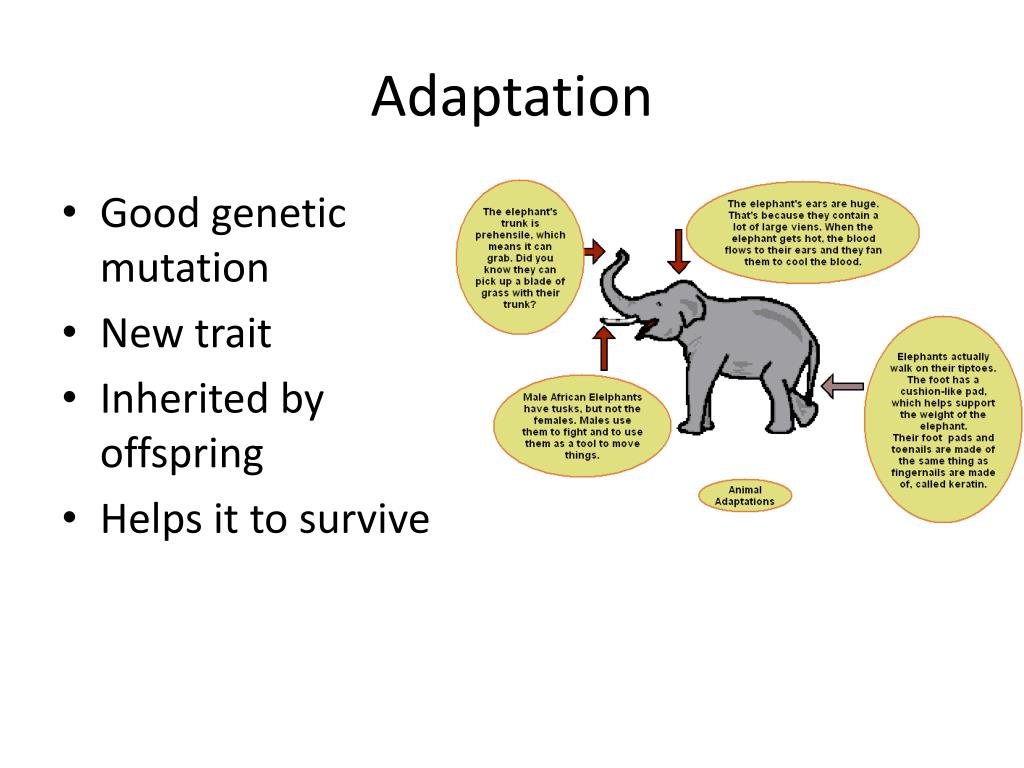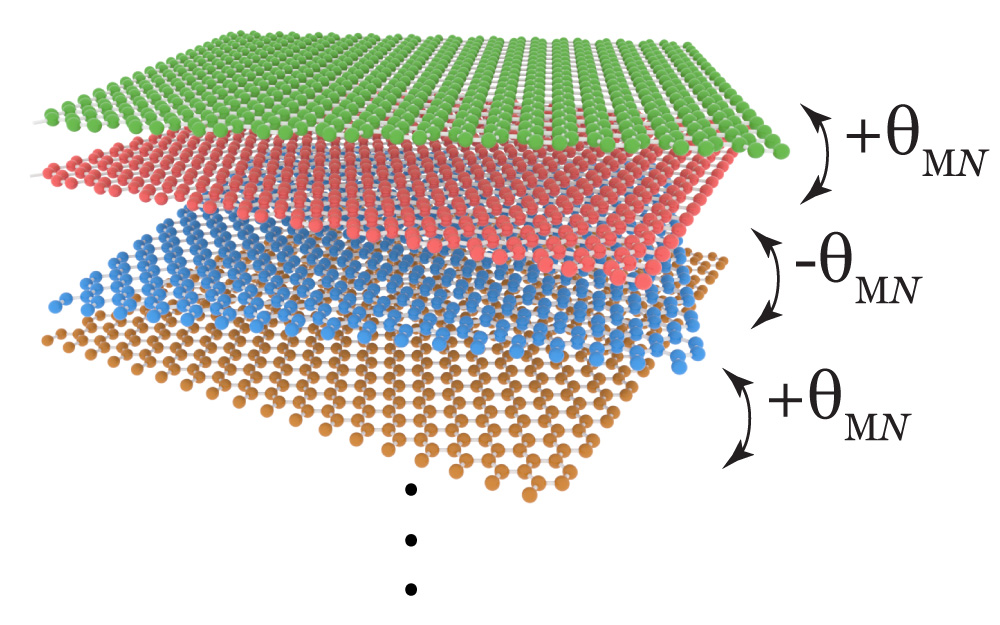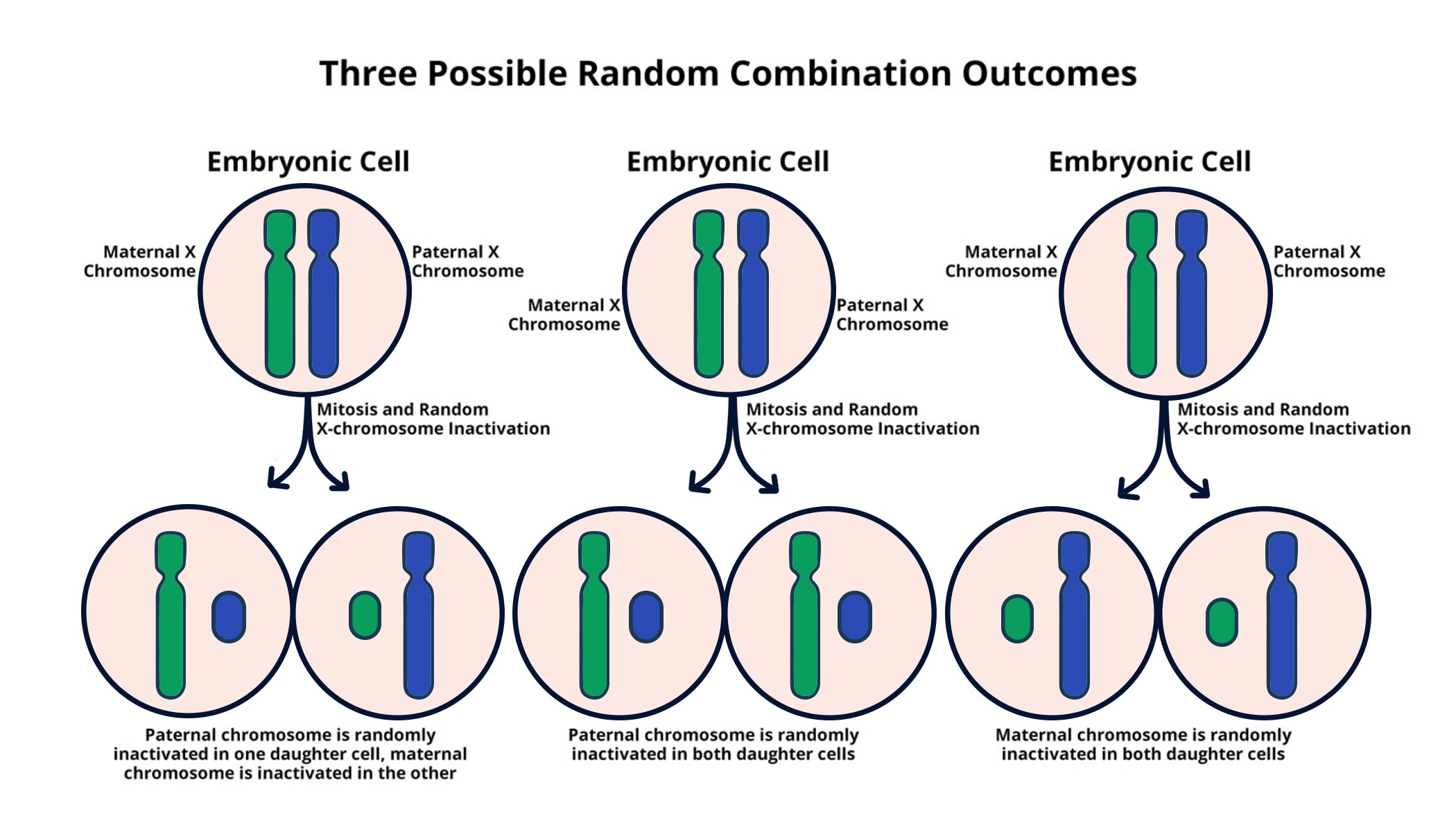Genetic adaptation is a fascinating process that demonstrates how organisms evolve in response to their environments, and recent studies on the house finch provide compelling evidence of this phenomenon. A groundbreaking pangenomic study conducted by researchers reveals significant genetic variations that may enhance disease resistance in this common backyard bird. Through advanced sequencing techniques, scientists have uncovered a major DNA inversion that potentially equips the house finch with remarkable immunity to certain pathogens. This research not only sheds light on the evolutionary biology of the house finch but also offers insights into the mechanisms of genetic adaptation in various species. As we delve deeper into the genetic frameworks of such organisms, we gain a better understanding of how they navigate disease pressures and survive in a changing world.
When we talk about genetic adaptation, we refer to the evolutionary changes that allow species to thrive amidst environmental challenges. Such adaptations can often be seen in animals like the house finch, which serve as excellent models for understanding evolutionary processes and responses to pathogens. The term ‘evolutionary biology’ encompasses the study of these adaptive traits and how they contribute to the survival of species. Recent advancements, particularly through pangenomic studies, reveal a wealth of genetic variation that underscores the importance of structural changes in DNA for defending against diseases. These insights not only enhance our appreciation for the resilience of species but also provide critical pathways for understanding genetic responses across the animal kingdom.
Understanding Genetic Adaptation Through House Finches
Genetic adaptation is a fascinating subject, particularly when observed through the lens of a common bird like the house finch. Researchers like Bohao Fang have turned their attention to this species to unravel the complexities of how genetic changes enable adaptation to environmental stresses, such as diseases. In evolutionary biology, the concepts of genetic variation and the mechanisms that drive adaptation are critical in understanding how species survive in changing ecosystems. The house finch serves as an exemplary model organism since it not only lives alongside humans but also faces similar health challenges.
In Fang’s groundbreaking pangenomic study, the diversity of genetic material amongst house finches is analyzed to uncover large structural variants that could play pivotal roles in disease resistance. For instance, the identification of a significant DNA inversion that aids in resisting bacterial infections can shed light on broader evolutionary trends. This insight emphasizes how even small birds can participate in extensive evolutionary narratives, demonstrating that genetic adaptation is not only a matter of time but also reliant on specific genomic alterations that can influence an entire species’ survival.
The Role of Pangenomics in Evolutionary Studies
Pangenomics represents a revolutionary approach in evolutionary studies, allowing scientists to explore the collective genomic data of a species rather than relying on a single reference genome. In the case of the house finch, utilizing pangenomic methodologies provided researchers with a comprehensive overview of genetic variability and highlighted significant structural variations previously overlooked. By capturing broad genomic landscapes, researchers are better equipped to understand the evolutionary biology of species and their responses to various stresses, including emerging diseases.
The findings from the recent studies underscore the potential of pangenomic research to unravel the complexities of genetic adaptation. Fang’s research depicts how understanding the genomic variation within house finches not only elucidates their past responses to pathogens but also offers valuable insights into how other species, including humans, might genetically adapt to infectious diseases over time. This is particularly relevant in an era where emerging diseases pose significant challenges, thus reinforcing the need for robust population genomic studies.
House Finchs and Disease Resistance: A Case Study
The house finch has become an invaluable model for studying disease resistance in natural populations. Following the outbreak of conjunctivitis in the finch population during the 1990s, research efforts intensified to understand how these birds adapted to their new viral threats. Bohao Fang’s work has pointed out that by observing these reactions over time, we can witness an evolution of immunity that aligns with the historical context of disease outbreaks. This case study exemplifies resilience through genetic adaptation and highlights the intricate relationship between a host species and pathogens.
The study of house finches also encourages a re-evaluation of how we perceive disease dynamics in wildlife. By analyzing genetic adaptation pathways, researchers can draw parallels to human disease resistance, further enhancing our understanding of evolutionary biology. For instance, the mechanisms unveiled in these studies could inform our approaches to vaccination and disease management in other species, showcasing the direct relevance of house finch research to broader biological and medical fields.
Exploring Genetic Variation in House Finches
Genetic variation is the engine of evolution, providing the raw material for natural selection to act upon. In house finches, this variation plays a crucial role in the species’ ability to adapt to new challenges, particularly infectious diseases. Through innovative sequencing techniques, Bohao Fang’s research illuminates how exploring a diverse genetic pool through a pangenomic lens reveals complex structural variations that contribute to the finches’ resilience against pathogens. This ongoing research not only emphasizes the importance of genetic studies in avian populations but also serves as a reminder of the evolutionary pressures that shape species survival.
Investigating the genetic variation in house finches also enhances our understanding of evolutionary mechanisms in general. Researchers can establish connections between genetic adaptations and the fitness of individuals in changing environments, underscoring how genetic diversity can affect a species’ long-term success. Such insights may pave the way for future studies in evolutionary biology and conservation efforts, illustrating how pivotal genetic variation is in responding to new environmental challenges.
Implications of House Finch Research for Human Health
Research on the house finch offers exciting implications for understanding disease resistance not only in avian species but also in humans. The insights derived from Bohao Fang’s studies hint at the genetic adaptations that may similarly occur in human populations in response to infectious diseases. By mapping the structural variations implicated in disease resistance within finches, researchers may identify patterns relevant to human genetic adaptation, potentially translating these findings into novel approaches in health sciences and preventive medicine.
Additionally, the evolutionary mechanisms uncovered through house finch studies can inform public health strategies regarding epidemics and pandemics. Understanding how a species like the house finch has managed to withstand and adapt to disease pressures can provide valuable lessons in resilience. This parallels how our own species can harness genetic information to develop adaptive strategies against forthcoming health challenges, thereby exhibiting the interconnectedness of biodiversity and human health in the face of evolving threats.
The Future of Genetic Studies in Evolutionary Biology
The study of genetic adaptation, particularly through the example of house finches, heralds the future of genetic studies in evolutionary biology. As demonstrated in Fang’s work, the adoption of pangenomic approaches significantly advances our understanding of genetic variation and adaptation processes amongst species. With ongoing technological advancements in sequencing and genome analysis, we are on the brink of uncovering mysteries that have long eluded researchers, paving the way for more comprehensive studies of diverse animal populations.
Understanding adaptation processes at the genomic level opens new avenues for research in both evolutionary biology and conservation. As scientists deepen their insights into how species like house finches respond to environmental pressures, they can create more effective conservation strategies tailored to preserve genetic diversity and resilience. This evolution of scientific inquiry emphasizes the necessity of integrating genetic research with ecological understanding, ultimately leading to enhanced biodiversity preservation and ecosystem health.
Lessons from Natural Selection in House Finches
Natural selection acts as a powerful force in shaping the traits and genetic variations within species. The case of house finches provides critical lessons on the resilience and adaptability of species in the wild. Bohao Fang’s research uncovers how the presence of certain structural variants enables these birds to resist diseases, giving them a competitive advantage in their environment. Such profound insights underscore the ongoing evolutionary pressures that continue to mold species even within contemporary contexts.
The ability to witness real-time adaptations through the lens of house finches exemplifies the fundamental principles of evolutionary theory. It illustrates that natural selection is an ongoing process that can lead to significant changes within a short period, especially in response to external challenges such as disease outbreaks. By studying these adaptive responses, researchers can highlight the importance of genetic diversity and the potential for species to evolve in synchronization with their environments.
Genomic Innovations and Their Impact on Evolutionary Research
Recent innovations in genomic technologies have transformed how evolutionary research is conducted. The application of sophisticated pangenomic approaches, as shown in Bohao Fang’s study of house finches, allows for a more nuanced understanding of genetic adaptation. By analyzing multiple genomes collectively, researchers can capture the full spectrum of genetic diversity within a population, revealing critical structural variations that enhance disease resistance. This technological advancement signifies a major leap in our ability to study evolution effectively.
The impact of such genomic innovations extends beyond simple genetic analysis. As researchers apply these advancements to various species, including house finches, they will likely uncover new genetic pathways and adaptive strategies that could inform both basic and applied biological sciences. Understanding how different species navigate the challenges of survival creates opportunities for not just evolutionary biology but also practical applications in conservation, agriculture, and healthcare.
House Finch Research: A Window into Evolutionary Biology
House finch research serves as a vital window into the evolving field of evolutionary biology. By focusing on the nuances of genetic adaptation and resilience in the face of disease, researchers like Bohao Fang are expanding our knowledge of how evolutionary mechanisms operate in real-world scenarios. The rich history of house finches, combined with advancements in genetic research methodologies, provides a unique perspective on adaptation that has wide implications for understanding biodiversity in a changing world.
Moreover, the implications of house finch studies extend to broader ecological and evolutionary contexts, suggesting how various species can respond to ongoing environmental pressures. These findings highlight the critical need for continued research into the genetic dimensions of evolution, which can help scientists develop strategies to mitigate threats faced by wildlife and promote sustainable ecosystems. Ongoing studies of the house finch will undoubtedly contribute to our evolving understanding of life and adaptation on Earth.
Frequently Asked Questions
What is genetic adaptation and how does it relate to the house finch?
Genetic adaptation is the process by which populations adjust to their environment through changes in their genetic makeup. In the case of the house finch, a groundbreaking pangenomic study revealed that a large DNA inversion contributes to the bird’s resistance to certain diseases, illustrating a real-world example of genetic adaptation in action.
How does a pangenomic study enhance our understanding of genetic adaptation?
A pangenomic study involves analyzing the genetic information of multiple individuals within a species, which provides a comprehensive view of genetic variation. This approach allows researchers to identify significant structural variations, like those seen in house finches, enhancing our understanding of genetic adaptation to environmental challenges and disease resistance.
What role does genetic variation play in the evolutionary biology of the house finch?
Genetic variation is crucial for the evolutionary biology of house finches, as it underpins their ability to adapt to changing environments and pathogens. The study identified a specific DNA inversion linked to disease resistance, showcasing how genetic variation facilitates survival and adaptability in natural populations.
How has the study of disease resistance in house finches contributed to our knowledge of genetic adaptation?
Research on disease resistance in house finches has provided insights into genetic adaptation by revealing how these birds have evolved immunity to pathogens. The identification of structural variations related to disease response offers valuable information on the mechanisms underlying genetic adaptation in wildlife.
Can understanding genetic adaptation in house finches inform human disease resistance?
Yes, studying genetic adaptation in house finches can offer clues about how other species, including humans, may genetically respond to infectious diseases. Insights gained from their evolutionary responses could guide future research in understanding human disease resistance and adaptation.
| Key Aspect | Details |
|---|---|
| Research Focus | Study of a house finch’s genetic adaptation to diseases. |
| Methodology | Utilized a pangenomic approach to combine genetic data from multiple specimens. |
| Findings | Revealed a significant DNA inversion that improves disease resistance. |
| Implications | Insights into how species adapt to pathogens without vaccines. |
| Future Research | Further studies on genetic adaptations could provide insights to human genetic responses. |
Summary
Genetic adaptation plays a crucial role in how species respond to environmental pressures, including disease. The recent study on house finches highlights the importance of understanding evolutionary changes at a genetic level. By revealing a DNA inversion that helps these birds resist infections, researchers like Bohao Fang have opened new pathways for exploring genetic responses to pathogens. This approach not only enriches our understanding of avian responses but also potentially informs how other species, including humans, may adapt to infectious diseases over time.




